Imagine a tech company, let’s call them NexTech Solutions, which historically faced challenges in project deliveries. Their teams often missed deadlines, and clients were growing restless. Using data science, they began to pinpoint bottlenecks. Analyzing collaboration patterns, employee feedback, and project timelines, NexTech introduced process improvements. They found that communication gaps between design and development teams were the culprits. By implementing an AI-driven project management tool, they began predicting potential delays and addressed issues proactively. Within months, project deliveries improved by 35%, client satisfaction soared, and they even cut unnecessary costs.
This isn't just a one-off corporate success; it's a testament to how scalable data science can reshape the business landscape.
In 2022, a Wavestone's NewVantage Partners survey shared some eye-opening stats. Of those they talked to, 87.8% said they spent more on data and analytics than in previous years, and an impressive 83.9% plan to keep upping their investments as we approach 2024. Why? Because it works. About 91.9% said they saw real, tangible benefits from these investments last year.
But here's a kicker: while many recognize the value of data, not all are making the most of it. Only 40.8% believe they're fully leveraging data and analytics, and just under a quarter, 23.9%, say they've become a completely data-driven organization.
For developers, this is huge. As part of digital transformation initiatives, businesses are leaning more and more on data science. They want to make smarter decisions, work more efficiently, and stand out. That means there's a growing need for scalable data solutions. And developers are right at the heart of this shift.
Top data science tools and platforms today
Data science tools and platforms empower developers to harness vast datasets, unlock insights, and drive transformative results for their companies. These tools don't just make data handling easier—they're the key to turning raw information into actionable strategies. With this in mind, let's look at the data science tools developers use today.
Apache Spark
Apache Spark, an open-source data processing and analytics engine, is renowned for handling vast amounts of data—up to several petabytes. Born in 2009, its speedy data processing capabilities have positioned it at the forefront of big data technologies. Spark isn't just about speed; its versatility makes it apt for near-real-time processing of streaming data, ETL tasks, and SQL batch jobs. Originally introduced as a swift alternative to Hadoop's MapReduce engine, Spark can work with Hadoop or operate independently (more on Hadoop later on). It boasts a comprehensive array of developer libraries, including a machine learning library and APIs supporting multiple programming languages.
IBM SPSS
IBM SPSS, originating as the Statistical Package for the Social Sciences in 1968, is a comprehensive software suite for statistical data analysis. The package includes SPSS Statistics for statistical analysis and visualization and SPSS Modeler for predictive analytics. SPSS Statistics provides functionalities from data planning to deployment and integrates R and Python extensions, whereas SPSS Modeler offers a drag-and-drop UI for predictive modeling.
Apache Hadoop
Apache Hadoop is an open-source platform written in Java, designed for scalable data processing. It breaks down enormous datasets into manageable chunks, distributing them across multiple nodes in a computing cluster. This parallel processing approach allows for efficient handling of both structured and unstructured data, accommodating growing data volumes.
Matlab
Matlab is a powerhouse for mathematical and data-driven tasks, integrating visualization, mathematical computation, statistical analysis, and programming into a singular environment. Widely used for tasks like signal processing, neural network simulations, and data science model testing, Matlab is a go-to tool for complex mathematical tasks.
SAS
Developed by the SAS Institute, SAS is an excellent tool for intricate statistical analysis, business intelligence, data management, and predictive analytics. Leveraged by numerous MNCs and Fortune 500 companies, SAS provides access to multiple data sources and powerful statistical libraries, ensuring in-depth data insights.
TensorFlow
TensorFlow, an open-source library developed by Google Brain, is renowned for its Machine Learning and Deep Learning capabilities. It allows data professionals to create, visualize, and deploy data analysis models. Particularly effective for tasks like image recognition and natural language processing, TensorFlow uses tensors—N-dimensional arrays—for computation. Its versatility aids in generating automated, meaningful outcomes from vast datasets, and is frequently paired with Python for enhanced data insights.
KNIME
An open-source data science platform, KNIME is tailored for data reporting, analysis, and mining. Its modular data pipelining concept allows for easy data extraction and transformation, making it user-friendly even for those with minimal programming expertise.
Jupyter Notebook
Jupyter Notebook, an open-source web application, fosters interactive collaborations, combining code, images, and text into shareable "notebooks." This tool is essential for teams looking to keep a comprehensive computational record. Originating from Python, Jupyter supports various programming languages via modular kernels.
D3.js
D3.js, or Data-Driven Documents, is a dynamic JavaScript library that crafts custom web-based data visualizations. Harnessing web standards like HTML, SVG, and CSS, D3.js permits visualization designers to bind data dynamically. Despite its expansive capabilities, including 1,000 visualization methods, D3.js can be intricate due to its extensive module selection, making it more suitable for data visualization developers than pure data scientists.
.jpg)
General-purpose data science tools
While dedicated data science tools allow data scientists to work with extensive, complex data sets to achieve specific tasks, other general-purpose and cloud-based tools offer valuable functionalities without the steep learning curve.
- MS Excel: A foundational tool in the MS Office suite, MS Excel enables basic data analysis, visualization, and understanding—essential for both beginners and experienced professionals.
- BigML: BigML, a cloud-based, GUI-driven platform, simplifies data science and machine learning operations. With drag-and-drop features, users can effortlessly create models, making it perfect for beginners and enterprises.
- Google Analytics: Primarily for digital marketing, Google Analytics offers deep insights into website performance, helping businesses understand customer interactions. Compatible with other Google products, it ensures informed marketing decisions, catering to technical and non-technical users.
Top programming languages in data science
Data science often leans on specific programming languages for effective analysis and results. Among the myriad languages available, a few have emerged as the frontrunners.
- Python: Python's popularity in data science is largely due to its simplicity and readability, coupled with a wide range of data analytics libraries like Pandas, NumPy, and Matplotlib. Its versatility makes it a one-stop-shop for data manipulation, visualization, and machine learning tasks, facilitated by frameworks like TensorFlow and Scikit-learn.
- R: Specifically tailored for statisticians and data miners, R is a powerful statistical computing and graphics tool. It boasts a comprehensive collection of packages and libraries, making data analysis and visualization a breeze.
- SQL: Structured Query Language (SQL) is pivotal for data extraction and manipulation in relational databases. Mastery in SQL is often essential for data scientists as it aids in efficiently querying large data sets.
- Java: While not the first choice for many, Java might be used, especially when performance is a factor, or when the data science application needs to be integrated with a Java application infrastructure.
- Scala: Often used in conjunction with Apache Spark, Scala offers performance benefits over Python and R when dealing with large datasets.
- Julia: A high-performance, open-source language optimal for numerical computing, machine learning, and data science, bridging the ease of dynamic languages with the efficiency of static ones; its latest versions offer performance capabilities on par with languages like C.
Proficiency in these languages can be a significant advantage for developers aspiring to dive deeper into data science. They provide the tools necessary to manipulate, analyze, and visualize data and open doors to a plethora of libraries and frameworks tailored for data-driven tasks. In an era where data is king, sharpening skills in these languages can go a long way.
Click here to learn how programmers test.
Best practices for scalable data science
As data grows in volume and complexity, the need for scalable data science solutions becomes paramount. Developers designing and implementing robust data science applications must adhere to certain best practices to ensure efficiency, maintainability, and scalability. Let's dive into these.
- Modular Code Design: Breaking down the data processing pipeline into modular components enhances readability and allows easier testing and optimization. Each module should serve a singular, well-defined purpose.
- Use Efficient Data Structures: Opt for data structures that reduce redundancy and optimize memory usage. Data structures like sparse matrices in Python's Scipy library can be particularly useful for datasets with many zero-values.
- Opt for Distributed Systems: Tools like Apache Spark and Hadoop enable distributed processing, making it easier to handle large datasets by distributing tasks across multiple nodes. These frameworks are designed for scalability and can process petabytes of data efficiently.
- Batch Processing: Instead of processing data piece by piece, batch processing techniques allow developers to handle data in chunks, optimizing processing times.
- Streamline Data Preprocessing: Regularly clean and preprocess your data. Efficient preprocessing accelerates model training and reduces the required storage space.
Final thoughts
As investments in data and analytics surge, developers stand at the forefront of this revolution, harnessing cutting-edge tools and platforms to drive impactful results. Yet, the full potential of data remains untapped for many. With the right knowledge, best practices, and programming expertise, developers can lead businesses into a data-driven future, optimizing processes and driving growth.
.jpg)






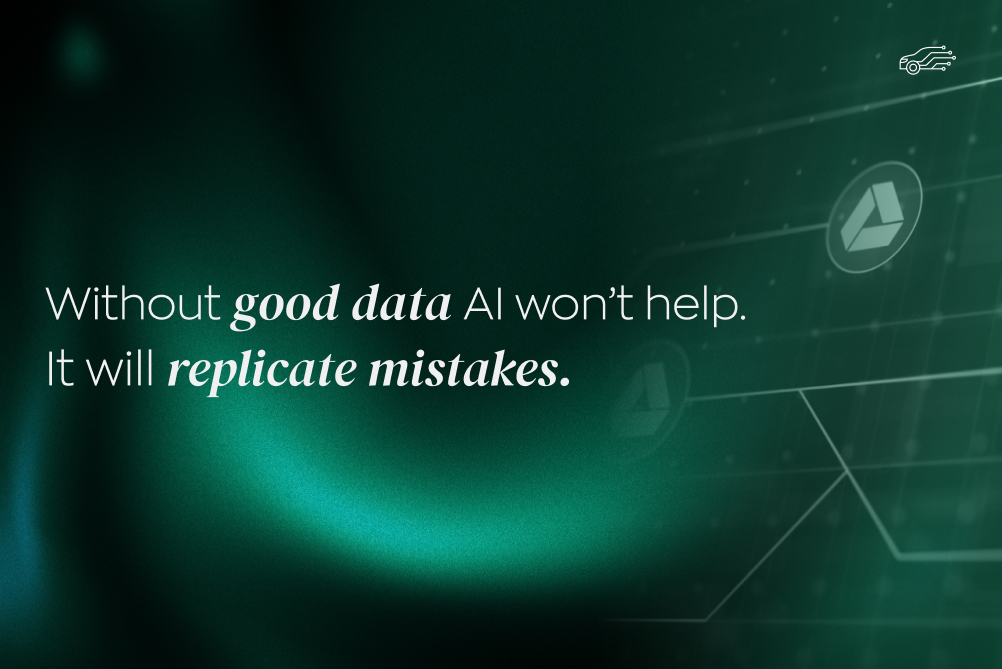


.jpg)
.jpg)
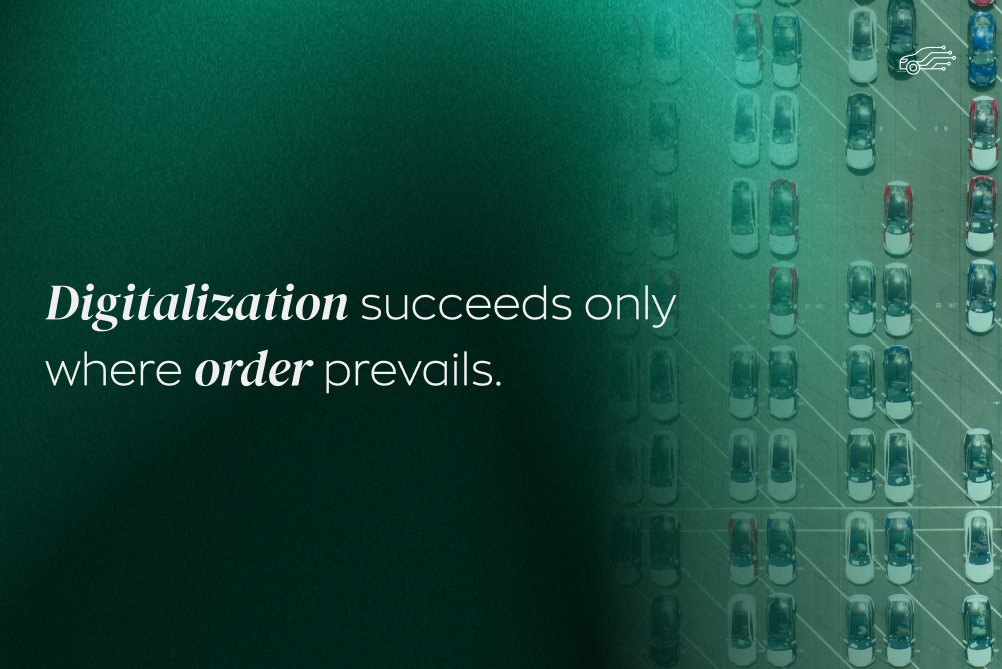
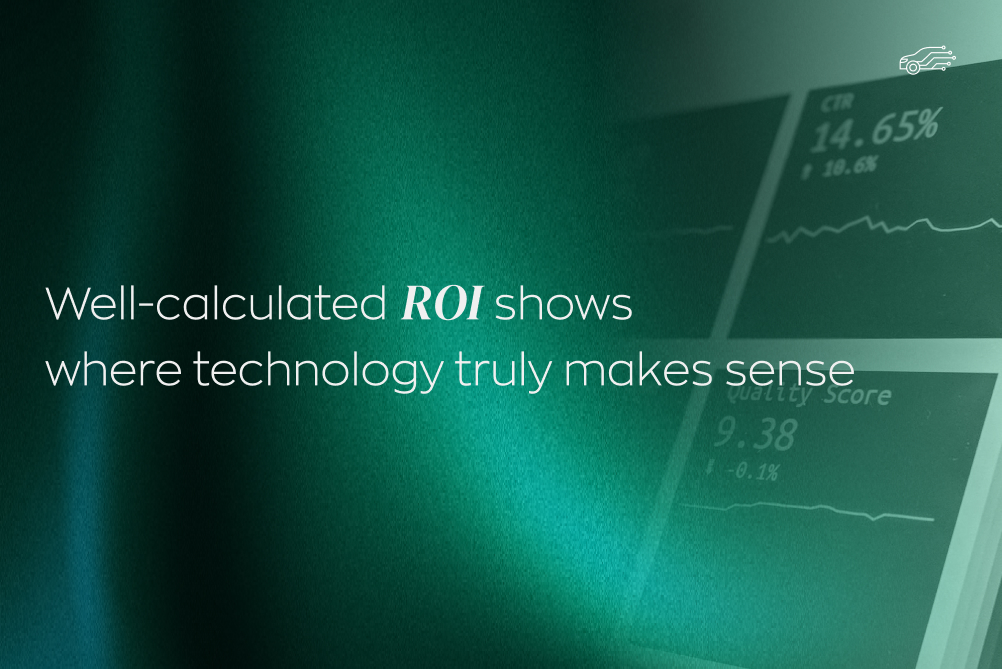
.jpg)
.jpg)

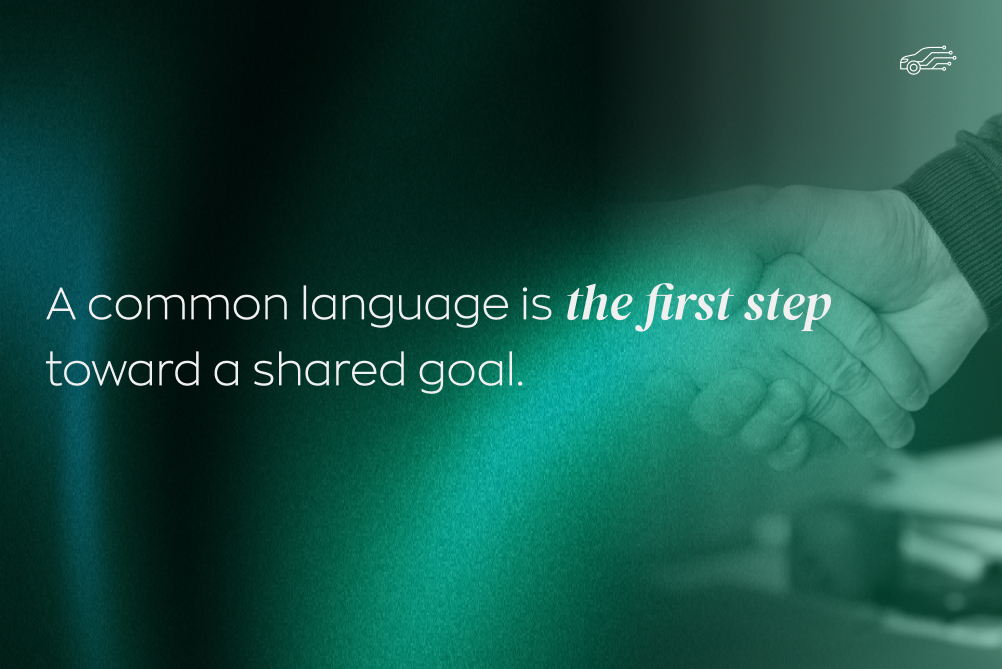
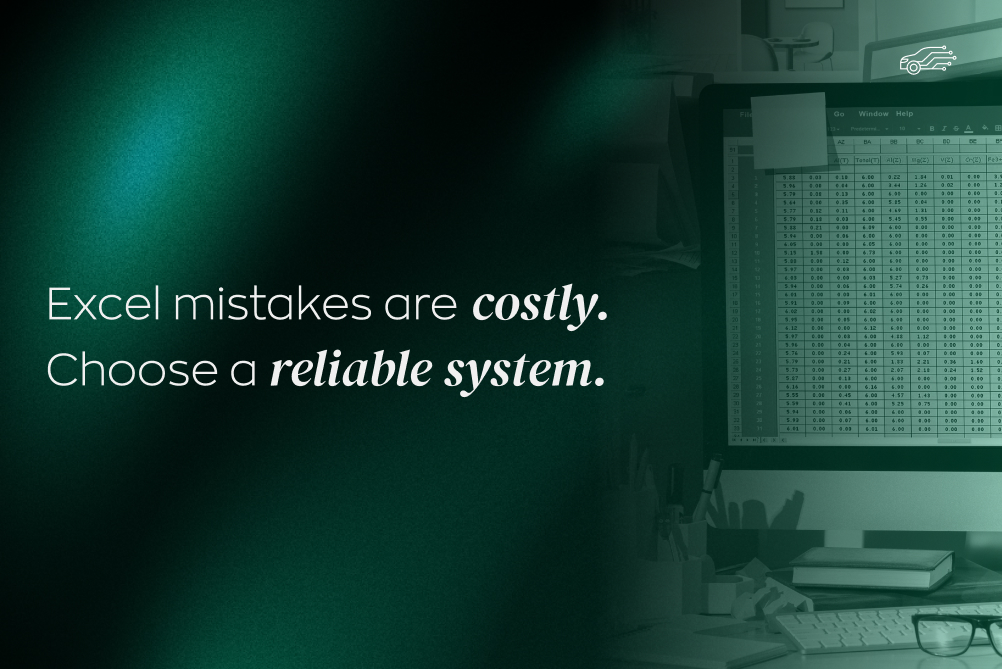
.jpg)
.jpg)
.jpg)
.jpg)
.jpg)
.jpg)

.jpg)
.jpg)
.jpg)
.jpg)
.jpg)
.jpg)
.jpg)
.jpg)
.jpg)
.jpg)






.jpg)
.jpg)
.jpg)

.jpg)

.jpg)


.jpg)
.jpg)

.jpg)
.jpg)

.jpg)

.jpg)
.jpg)
.jpg)

.jpg)
.webp)

.webp)


.jpg)









.webp)


.webp)
























